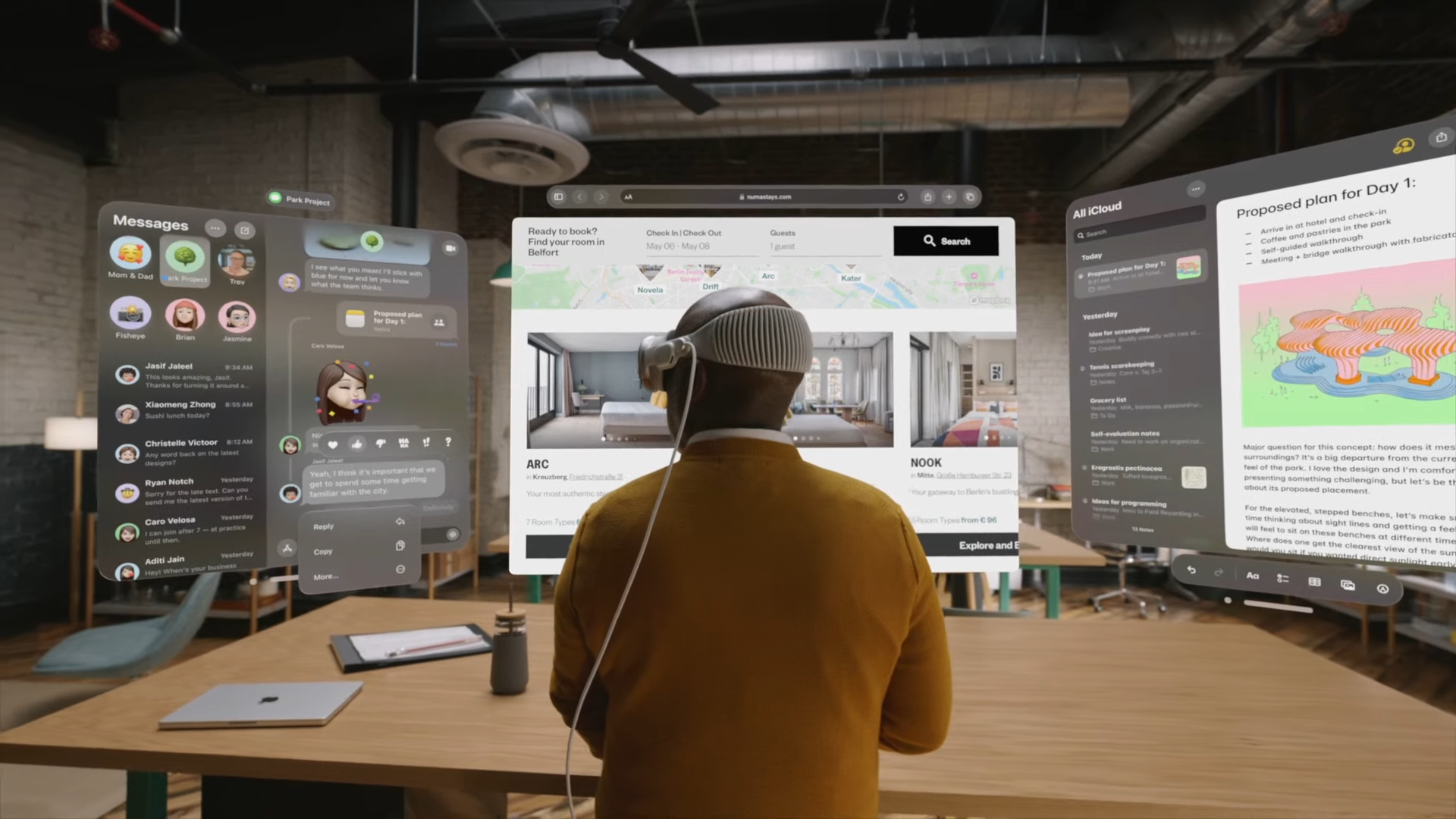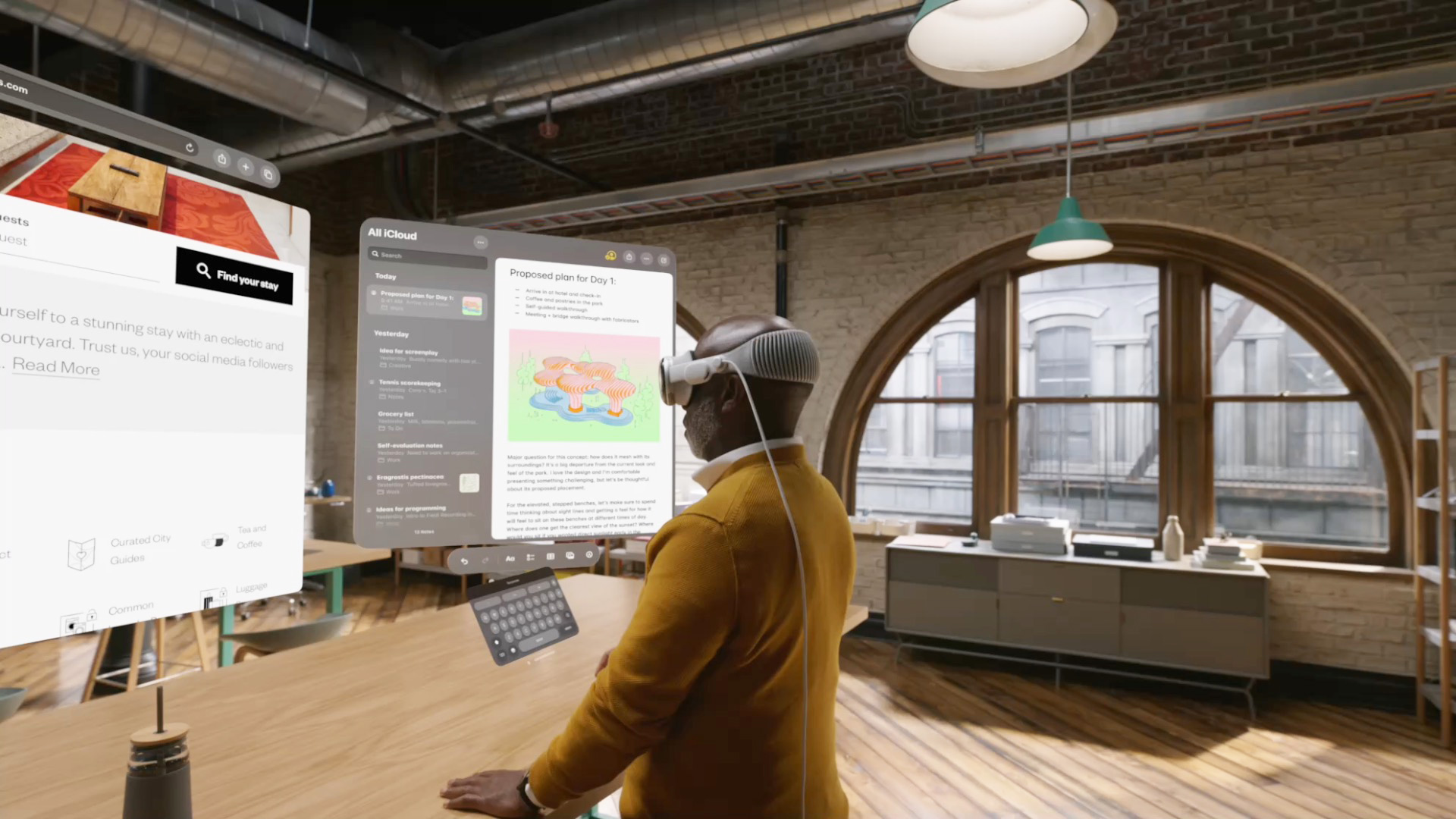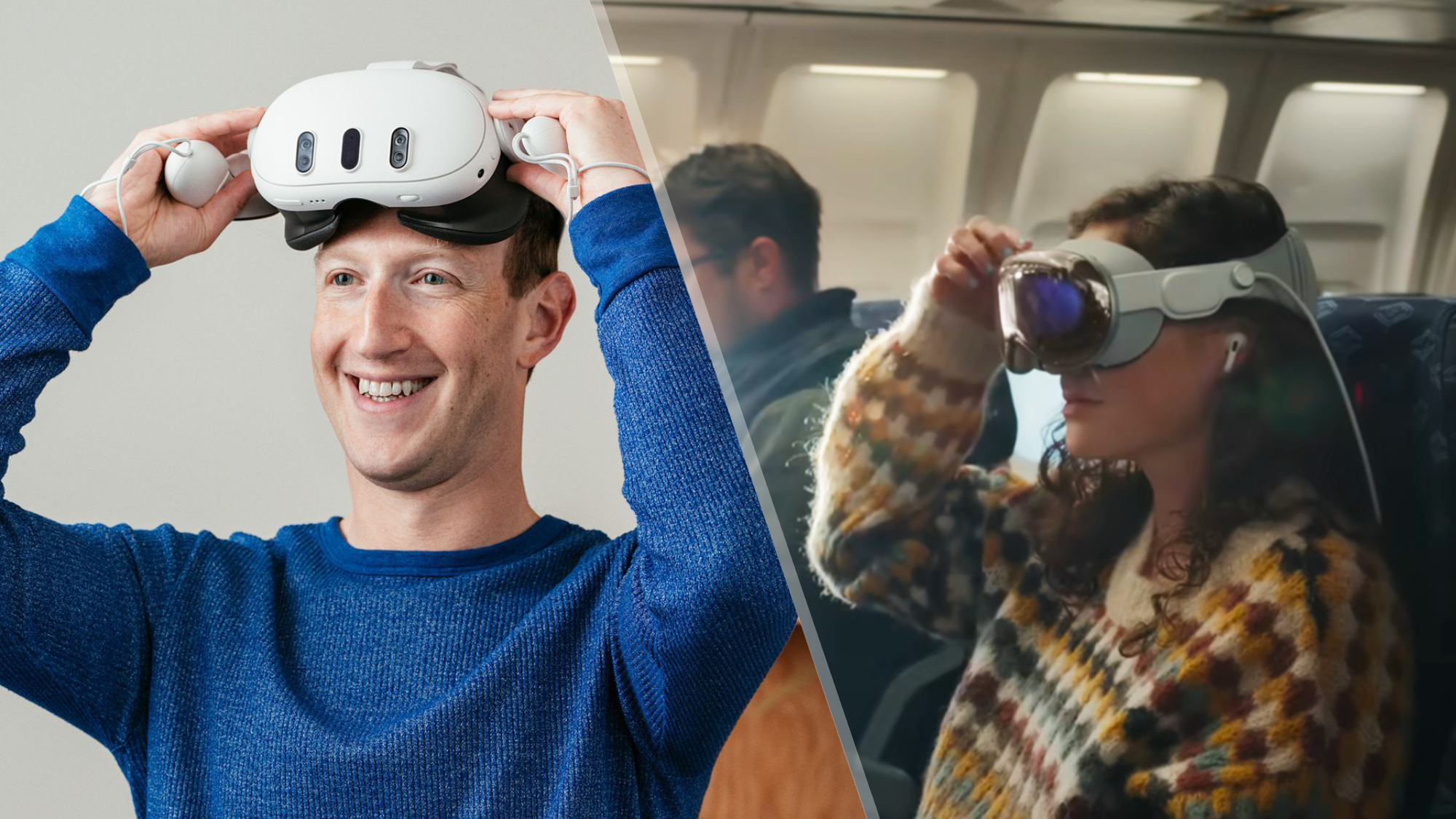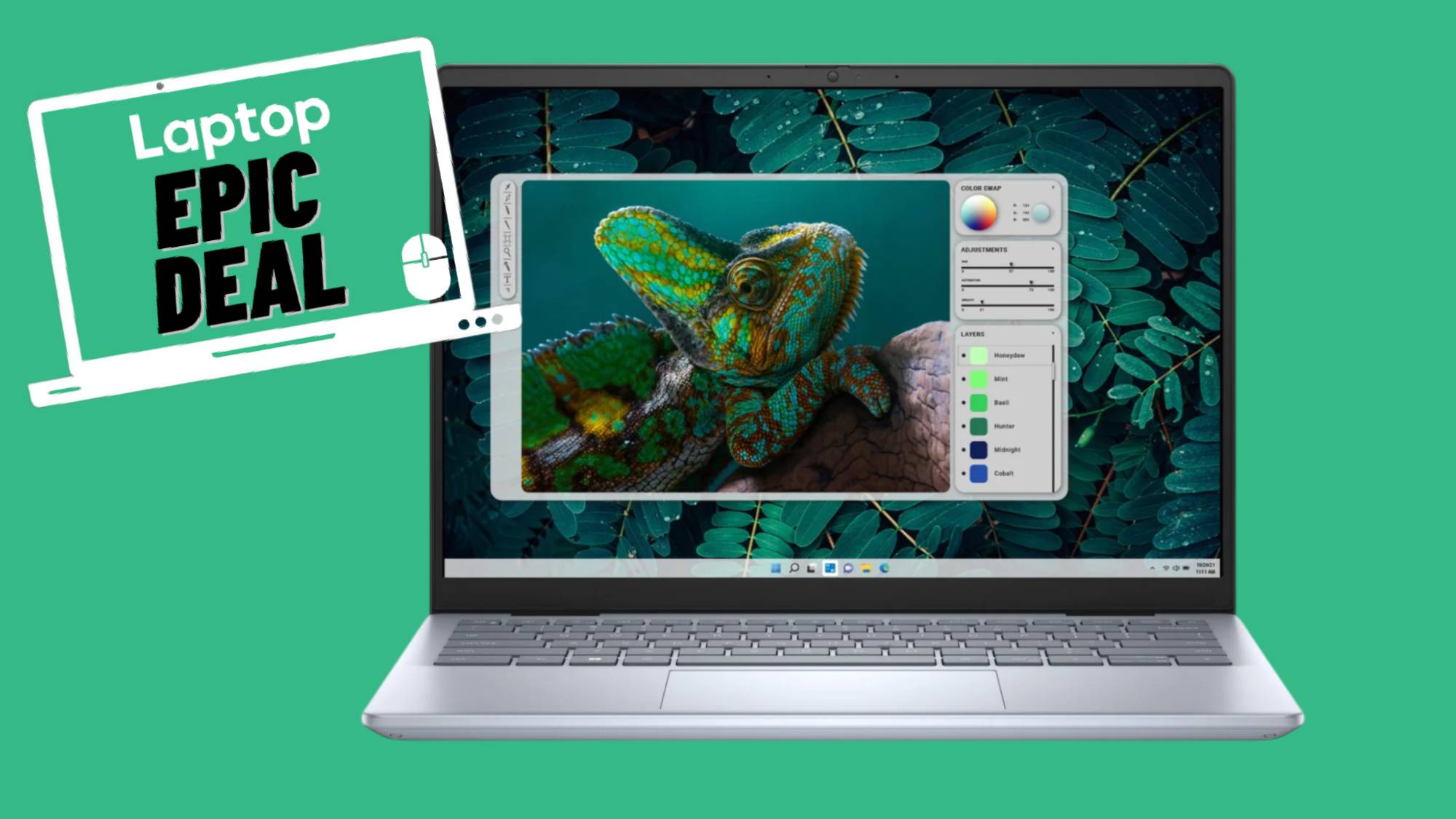Apple leads the spatial computing wave — VisionOS, not the Vision Pro, shows how that wave can crest higher
Apple's Vision Pro may be in a trough, but its spatial computing efforts can still ride high.

While you never get a second chance at a first impression, a second impression can be more potent than a first one. So it often is in tech, where the first release of a device’s software often has functional gaps and shortcomings that are often addressed and sometimes promised in subsequent releases. Even in the world’s largest tech companies, the early reception of a product can have an outsized weight on its future in the constant battle for development resources.
The past few years, for example, have seen the demise of such product lines as Meta’s Portal video calling devices, Amazon’s Halo health devices, Google’s Jamboard smart whiteboard, and (unofficially) a slew of Microsoft’s Surface family devices, including the Studio desktop, Duo smartphone, headphones and earbuds.
Apple's vision for the future of computing
With Apple’s alleged decade-long flirtation with entering the automotive market ending in retreat and its home robot aspirations mere output of the rumor mill for now, the Apple Vision Pro remains the company’s most ambitious product in terms of envisioning the future of computing (or at least stationary computing). Indeed, it is the boldest product with the broadest platform potential that Apple has launched since at least the iPad. While that device, initially marketed as a “tweener” product between the iPhone and MacBook, has matured into something more of a Mac competitor than a complement for many tasks, Apple’s other platform launches have gravitated toward entertainment (tvOS) and health (watchOS).
If spatial computing is to go mainstream, it won’t be in the back of today’s Apple Vision Pro, with its lofty price tag, cumbersome weight, and external battery. But it’s no coincidence that the product’s initial setup includes a rendering of a script “hello,” a signature image from the launch of the original Macintosh. If limitations such as weight, size, and power consumption can be overcome, why couldn’t spatial computing — with its larger “screens” and richer interactions — replace today’s desktop and notebook experiences? The advantages are as clear as comparing a desktop wallpaper to one of the visionOS immersive environments such as Bora Bora or Yosemite (no disrespect, macOS 10.10).

Such a transition, if it ever happens, will take many years. However, Apple’s foundational work in enabling it shined through in visionOS 2. They included new gestures that select items and access the Control Center in a literal pinch, as well as access time and volume controls as familiarly as the back of your hand and recognizing and displaying a physical Apple keyboard in immersive settings to ease typing. Speaking of input, Messages gained the ability to transform speech to text after a glance at the input field. The update also introduced new spatial features, such as support for TabletopKit, which facilitates the development of experiences, such as spatial “board” games, on a nearby surface.
That said, as broad as the potential is for spatial computing generally, it helps to have a hook. And for visionOS, it’s spatial photos and videos. Beginning with the iPhone 15 Pro and Pro Max, and then the iPhone 16 models, Apple enabled all iPhones to capture spatial photos and videos. However, the payoff is in the Apple Vision Pro, where you can view what is essentially a deeply compelling spin on personal media because it allows you to relive moments of your important people, pets, and places almost as if you are there in person. These images and videos, which will proliferate at an explosive rate because of how easy they are to capture on an iPhone, offer higher-quality representations than the holographic videos we've often seen in movies, like Tom Cruise’s character viewing his son in Minority Report. These videos can, of course, be edited in Final Cut Pro.
And those are just two examples of how tightly integrated the Apple Vision Pro is with other Apple software and services. Unlike the iPhone, which came to market at a time when the hot-selling iPod obscured the limited reach of Apple’s Mac platform, visionOS became the latest neighbor in the now bustling neighborhood of the company’s technologies, including Safari, FaceTime, AirPlay, and SharePlay. And Apple hasn’t even hinted at how Apple Intelligence may factor into its future yet.
Stay in the know with Laptop Mag
Get our in-depth reviews, helpful tips, great deals, and the biggest news stories delivered to your inbox.

Competing for the spatial computing crown
After the release of the Apple Vision Pro, Mark Zuckerberg released a video where he called the Meta Quest 3 a better product — not just, as the Quest’s far lower price would support a better value — than the Vision Pro. The Meta CEO pointed out several product attributes that favor the Quest. But to me, the video echoes one in which former Microsoft CEO Steve Ballmer infamously laughed at the iPhone, pointing out advantages that Windows phones had at the debut of that game-changing device.
Meta’s prolonged efforts in extended reality have yielded a leading library of VR games and some pioneering lifestyle apps. However, they haven’t come close to creating what it will take to build the next-generation computing platform Apple is clearly focusing on. The next wave of competitors will come from Android XR. While Google hasn't had much success building Android-powered device categories beyond smartphones, the platform has the potential to spawn a range of headsets that could compete with Meta on price and Apple on features.

Ross Rubin is the founder and principal analyst at Reticle Research. Ross has been an industry analyst focusing on innovation in the technology, media and telecom markets for over 20 years. Prior to founding Reticle Research, he was executive director and principal analyst at The NPD Group, where he provided analysis on a wide range of technology topics and led research spanning devices, access and content. You can follow him on X and Threads @rossrubin.
